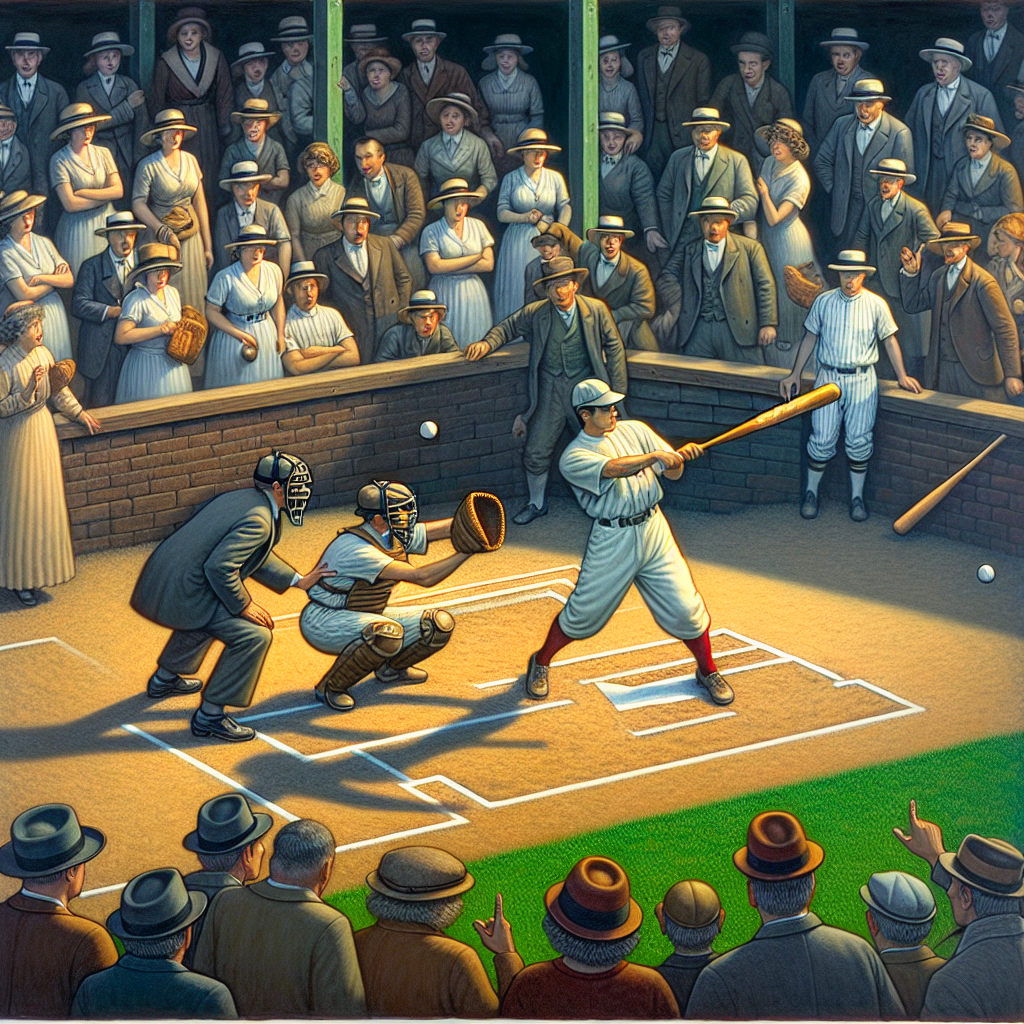Few topics in baseball have sparked as much debate as the seemingly simple question: What is a swing? This mystery, entangled in the sport’s history for over 150 years, challenges players, coaches, and umpires alike.
Origins of the Swing Debate
The origins of the baseball swing debate can be traced back to the early days of the sport. The definition of a swing has always demanded clarity, and its elusive nature has often led to contentious interactions during games. According to an article by the Wall Street Journal, the crux of the argument is rooted in the balance between intention and execution, making it difficult to establish a definitive rule.
The Complexity of Interpretation
The interpretation of what constitutes a swing varies across leagues and even among individual umpires. Major League Baseball (MLB) rules only offer a vague definition, leaving much room for interpretation. As per a report on The New York Times, a swing is generally judged by whether the batter “offered” at the pitch, yet this subjective criterion leads to inconsistency.
Players and coaches often express frustration over how differently swings are interpreted. A batter might feel they merely checked their swing, whereas the umpire might view it as a full commitment to a hit, a decision that can significantly alter the course of a game.
Analytical Approaches and Technology
In recent years, technology has begun to offer analytical insights into the nature of swings. Advanced video analysis and player tracking systems attempt to provide objectivity to the age-old debate. As reported by ESPN, tools such as high-speed cameras capture motions in real-time, allowing for granular dissection of every movement.
Some analysts argue that a combination of video evidence and sensory technology could revolutionize umpiring decisions. However, the challenge lies in integrating these technologies seamlessly without disrupting the traditional dynamics of the game.
Tradition vs. Innovation
Baseball purists often prefer the human element and the historic charm of the game. For them, part of baseball’s allure is in its subjective calls and the lively debates they inspire. Conversely, modernists advocate for the precision and fairness that technology can bring.
As the conversation continues to evolve, the quest to definitively decode a swing remains unresolved. Whether through traditional judgment or technological advances, the ideal balance between consistency and the art of the game remains a significant focal point for the sport’s community.









